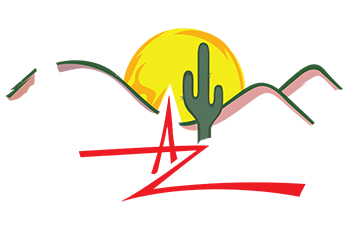
Unleash Your Creativity: Unique Design Ideas to Elevate Your Outdoor Spaces To transform your driveway, paver walkway, or patio in […]
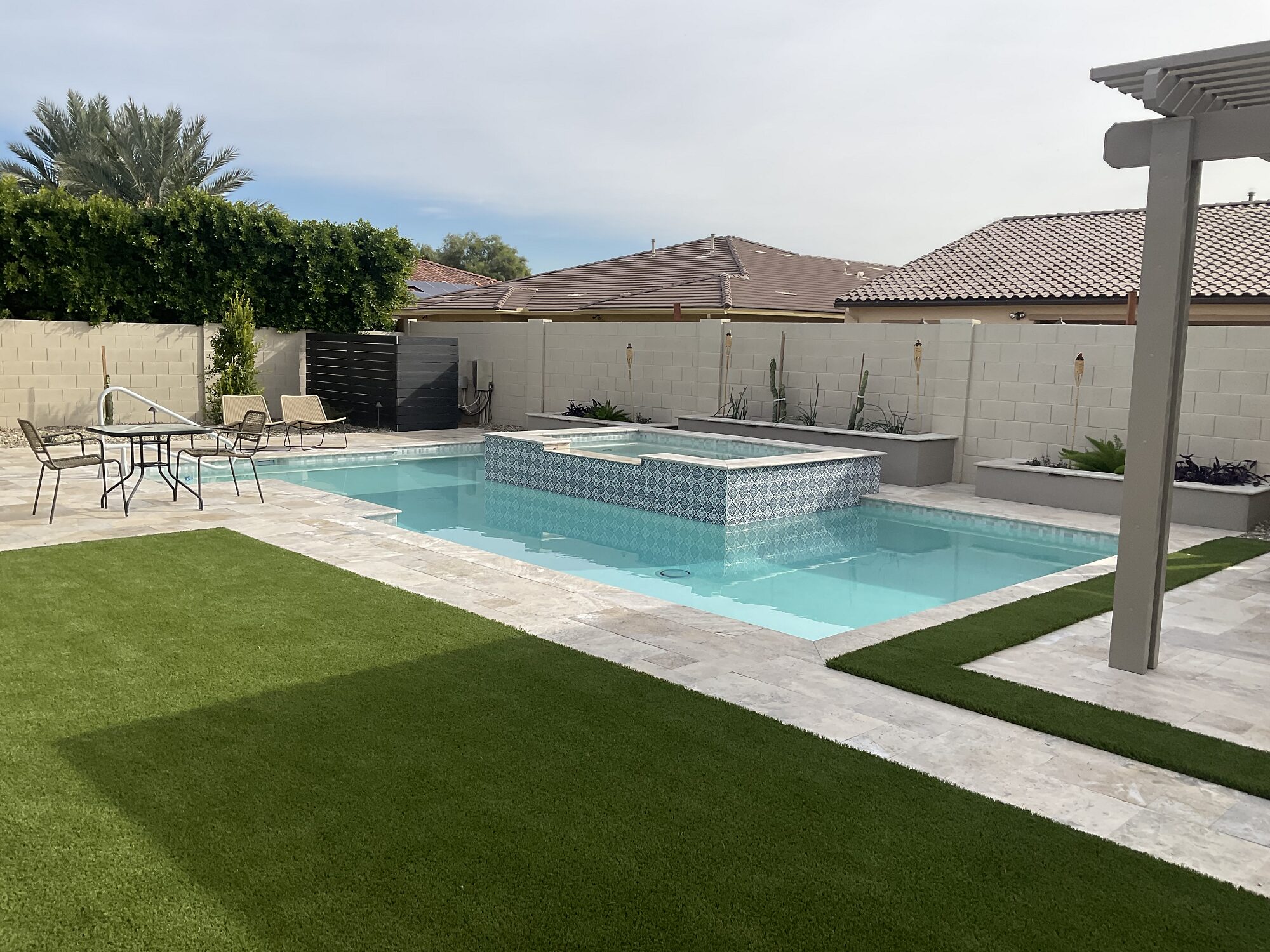
Essential Criteria to Ensure a Quality Build and Lasting Satisfaction When choosing a professional pool builder, such as MasterAZscapes, focus […]
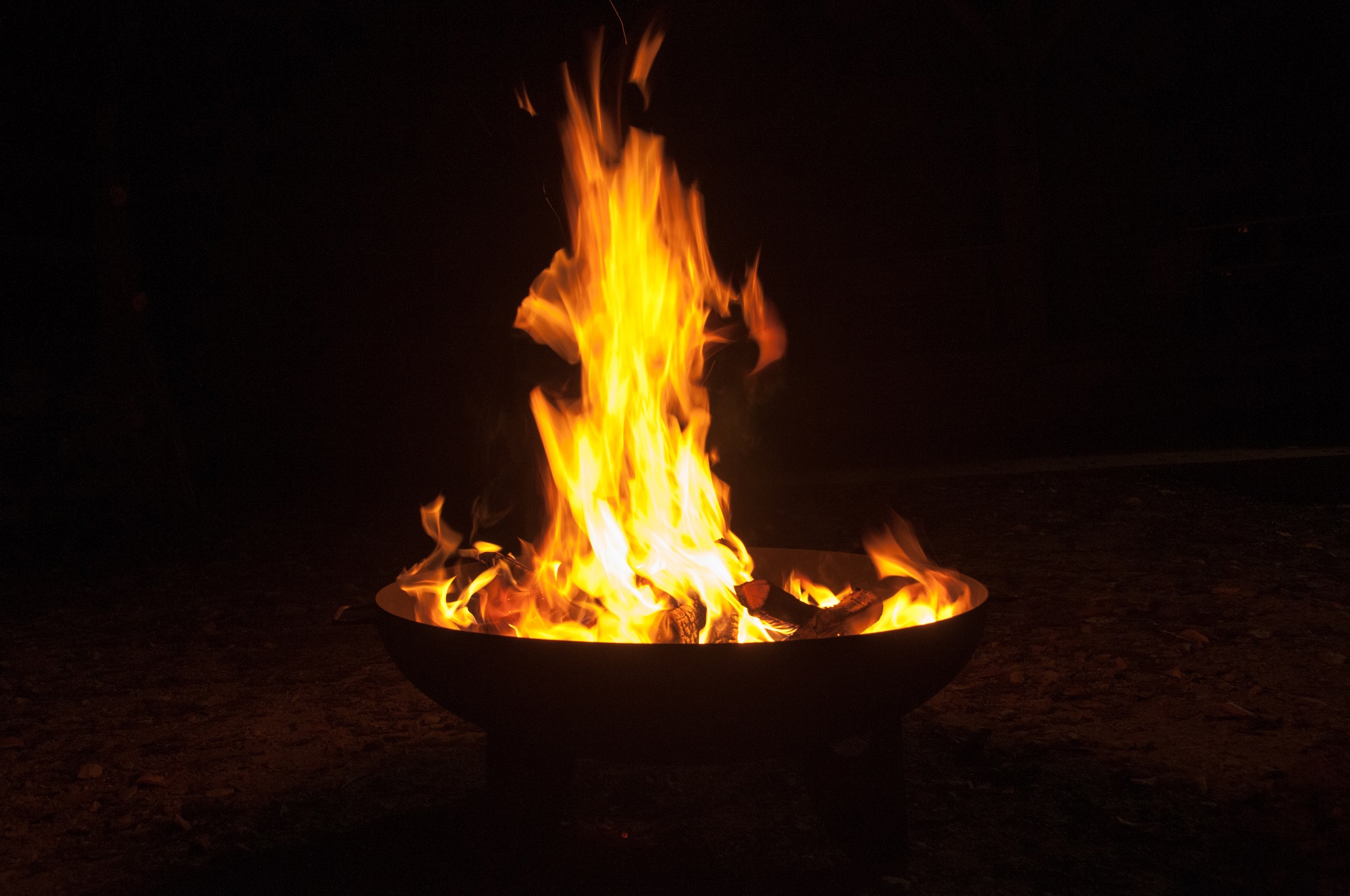
Transform Your Outdoor Space with These Stylish and Functional Fireplace Ideas In modern backyards, outdoor fireplaces can elevate both function […]
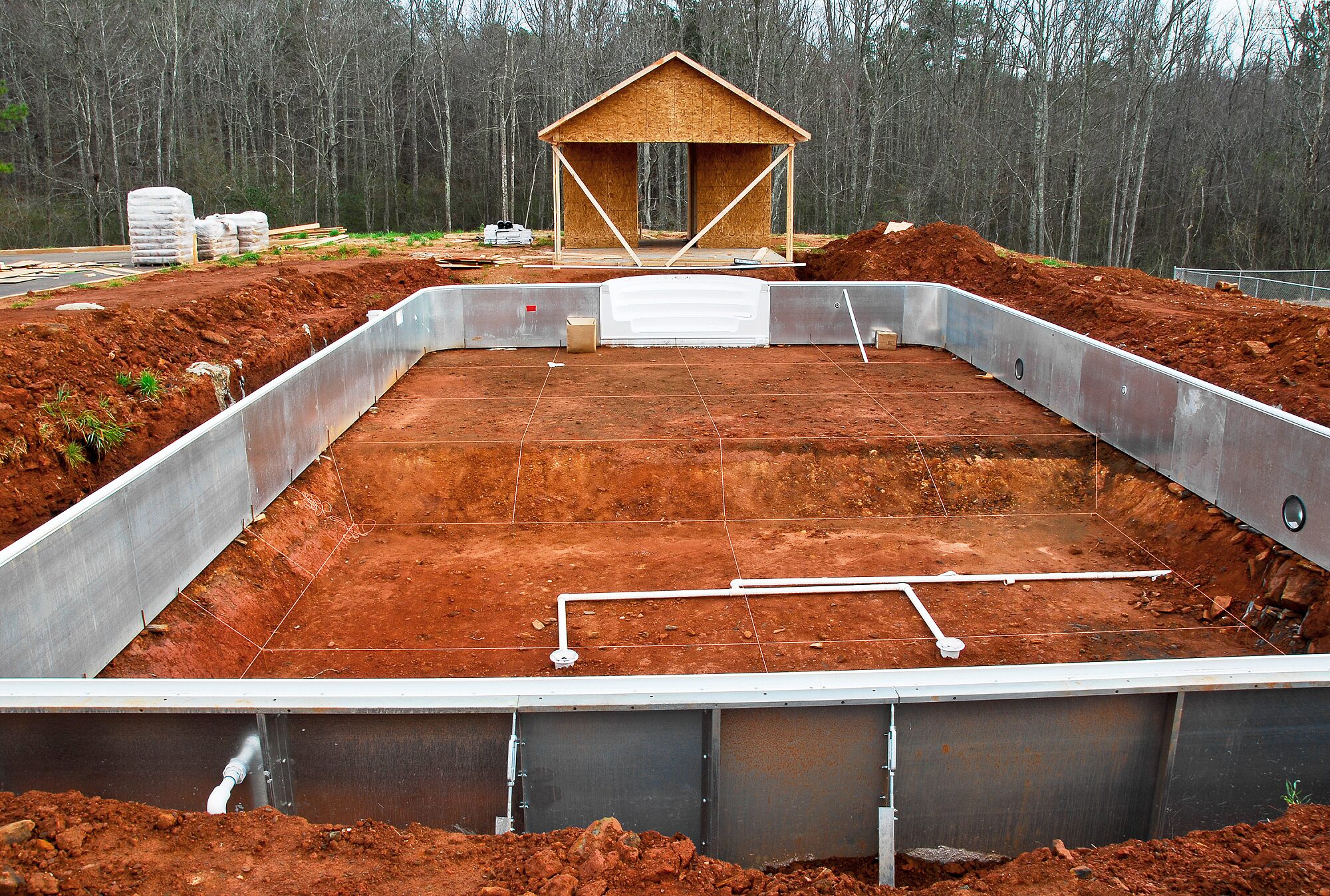
Essential Factors to Consider for Your Dream Pool Choosing the right pool design involves understanding your needs and collaborating with […]
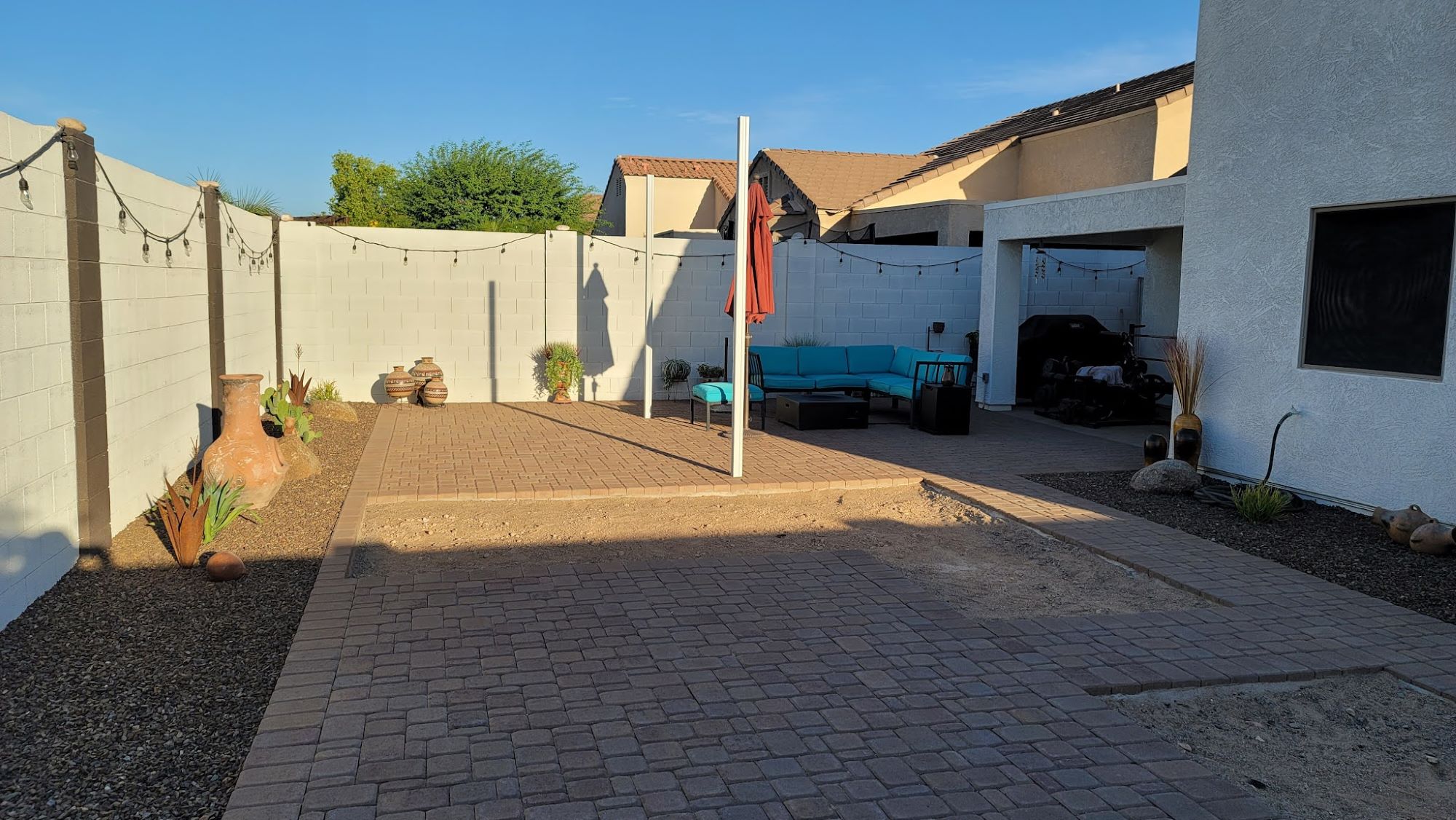
Transform Your Outdoor Space With Expert Paver Installation In Scottsdale Creating a visually stunning and functional outdoor space begins with […]

Unleash Your Creativity: Unique Design Ideas to Elevate Your Outdoor Spaces To transform your driveway, paver walkway, or patio in […]
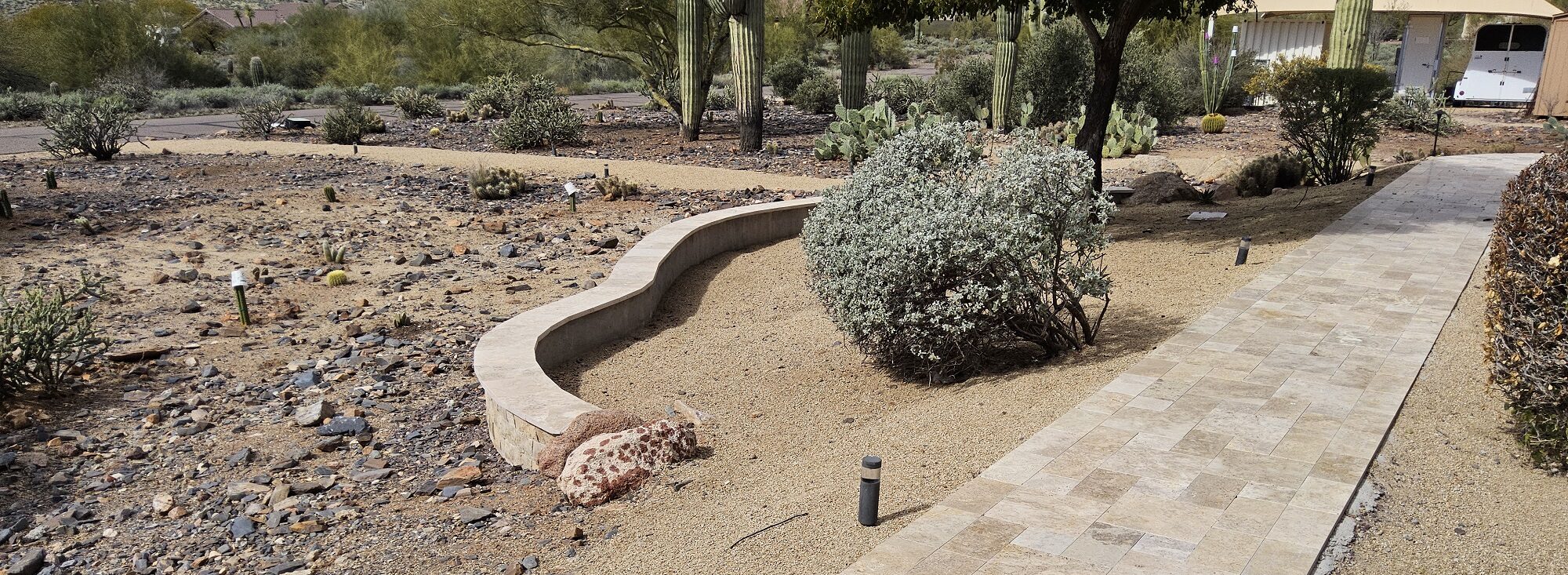
Understanding the Importance of Retaining Walls for a Healthy and Beautiful Yard Retaining wall contractors not only enhance the aesthetics […]
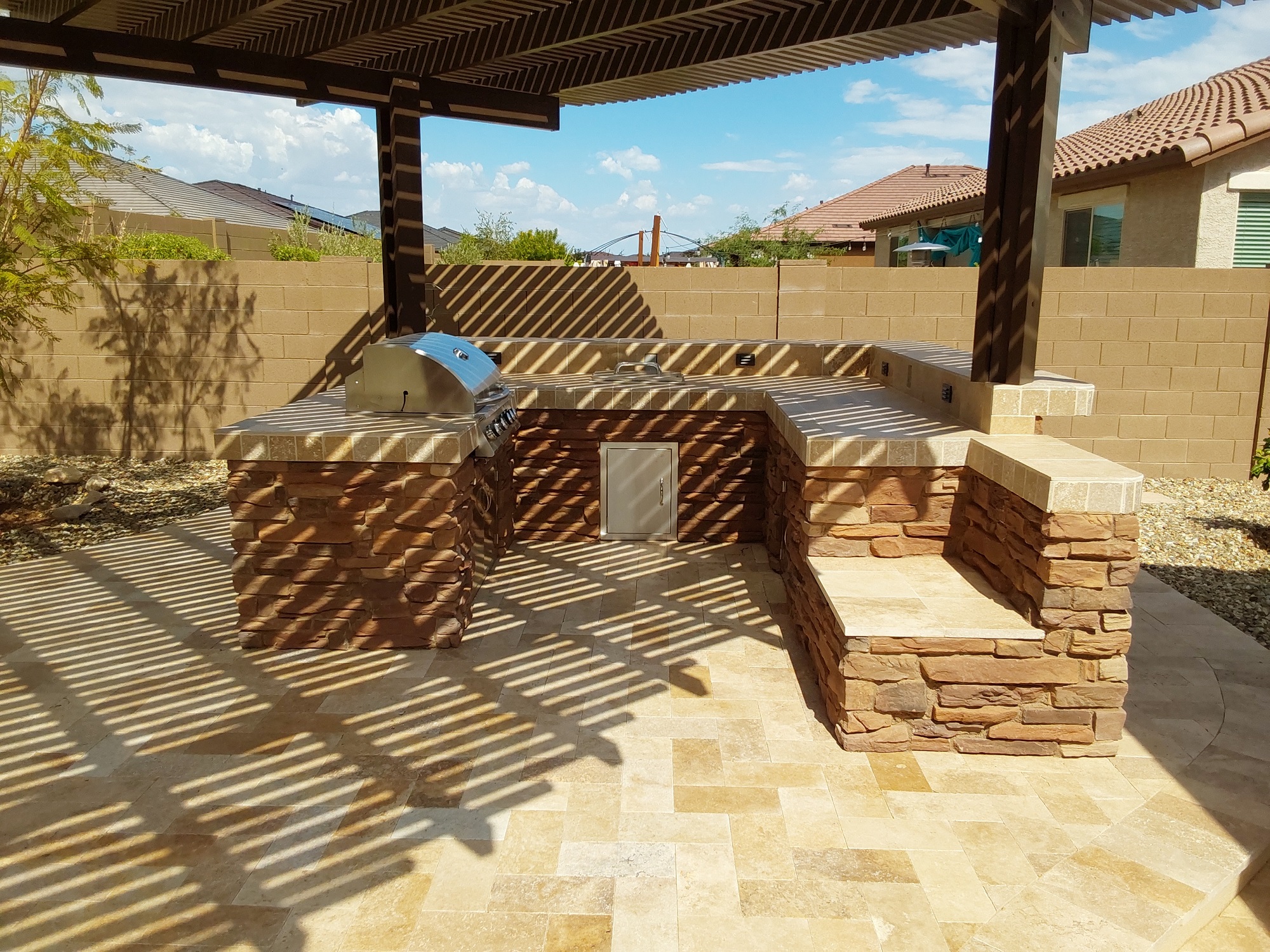
Unlocking Your Backyard Potential: Enlisting the Expertise of Professionals for Your Dream BBQ Build Creating your perfect BBQ space isn’t […]
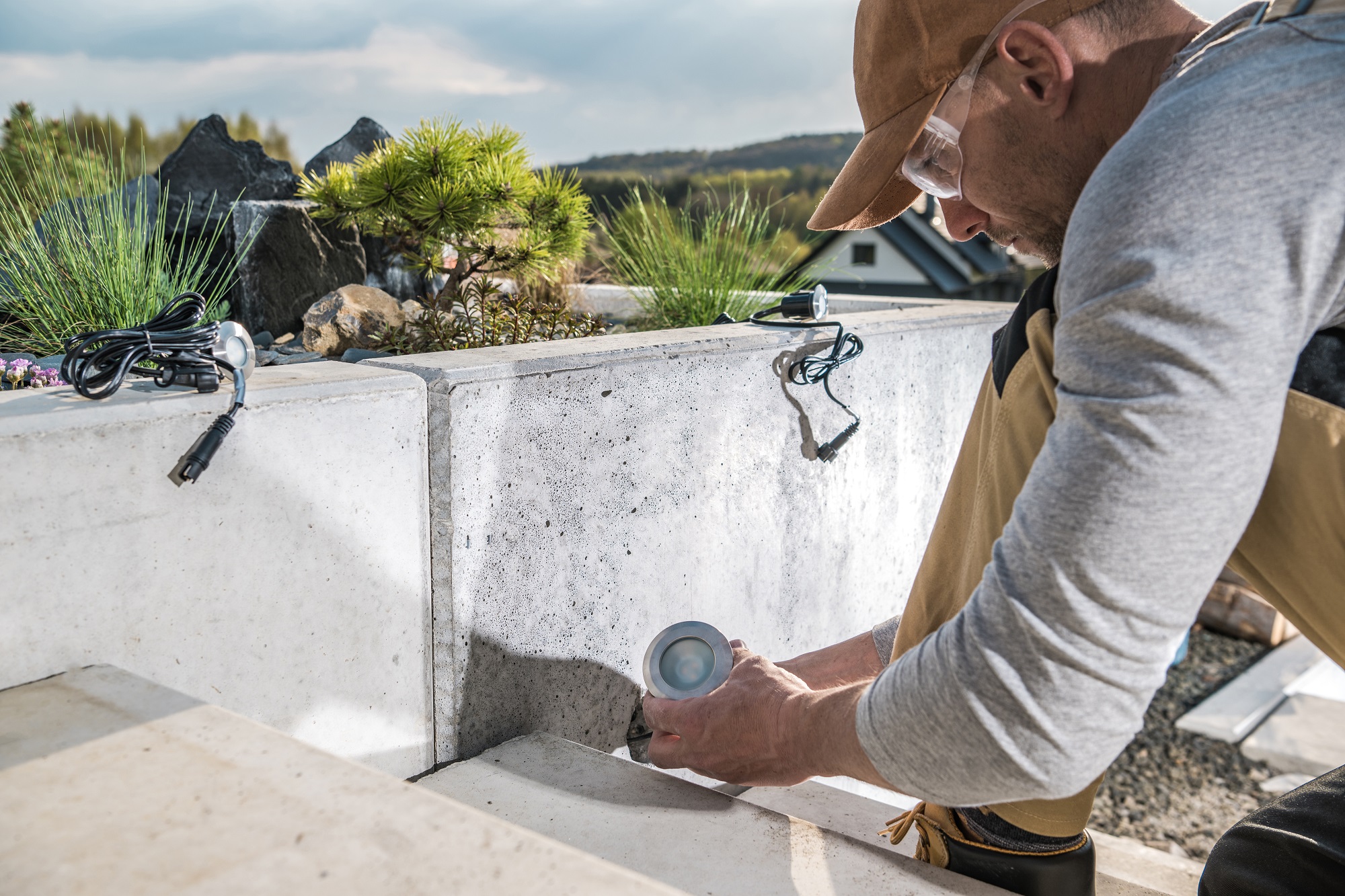
You might think landscape lighting installation is merely a luxury, but it’s more than just curb appeal. By strategically placing […]
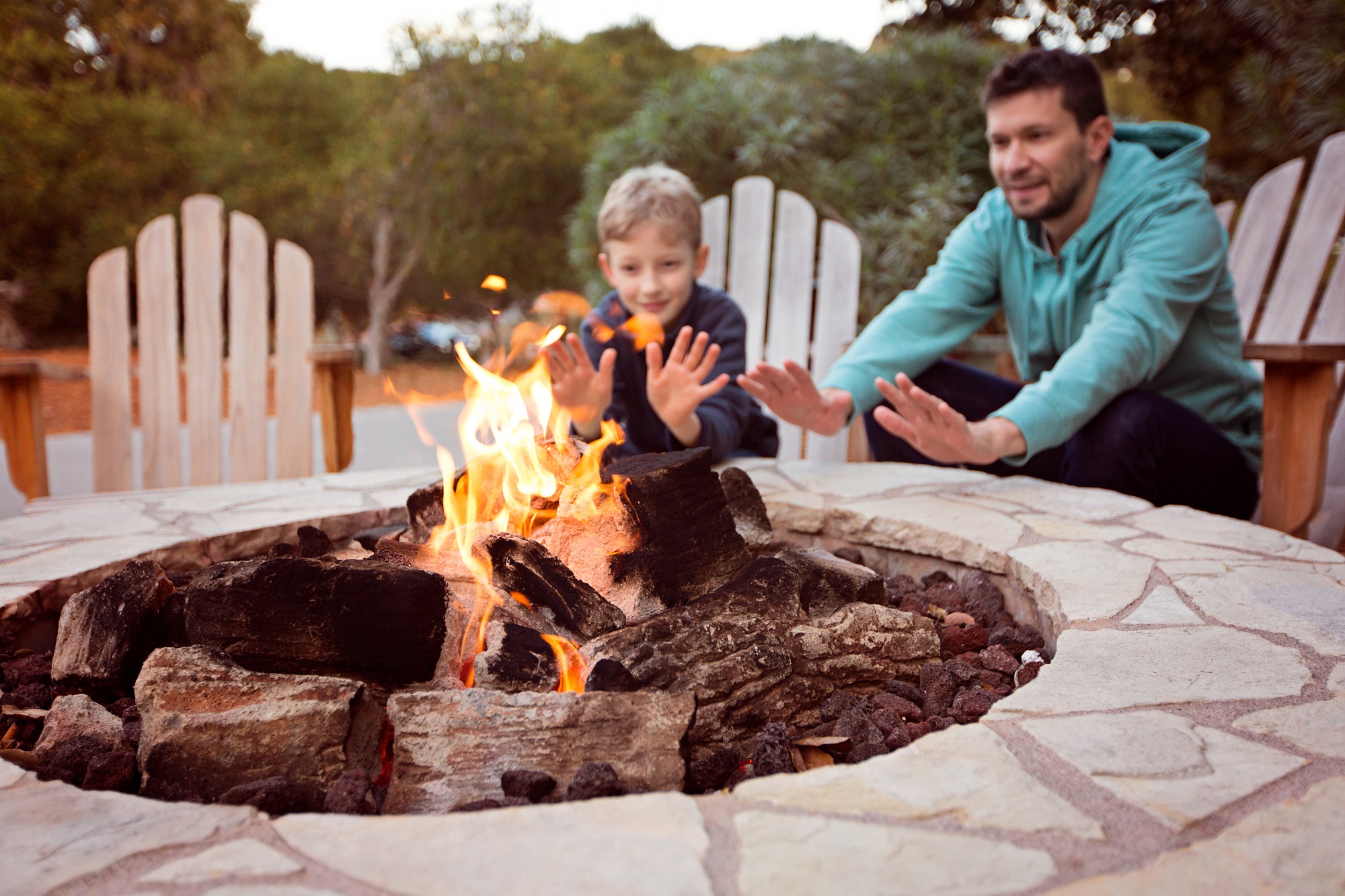
Just as you’re considering an upgrade to your outdoor living space, we’ve been gathering insights from seasoned contractors on the […]
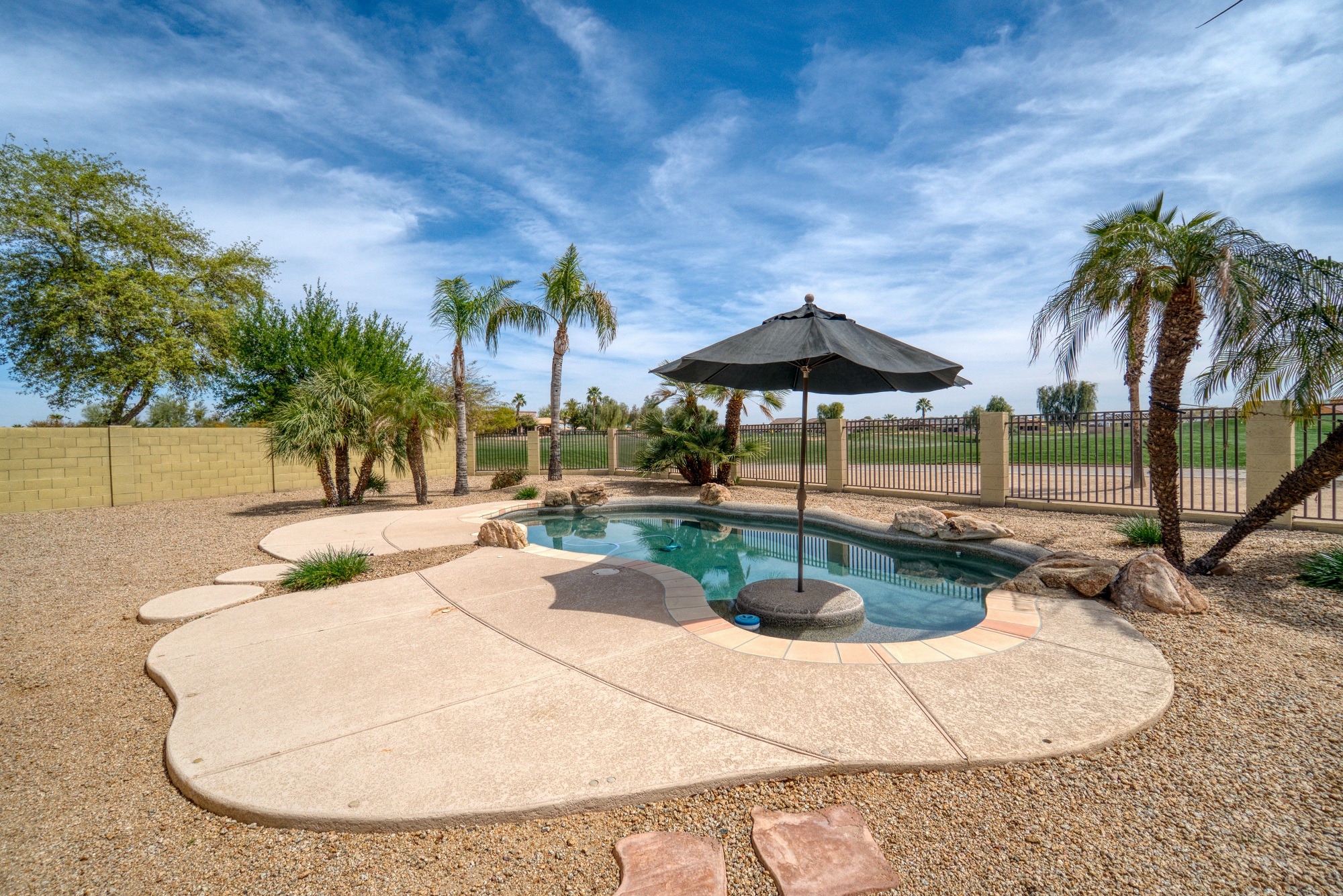
You’re ready to transform your backyard. As you dive into the world of landscape design, remember it’s more than just […]
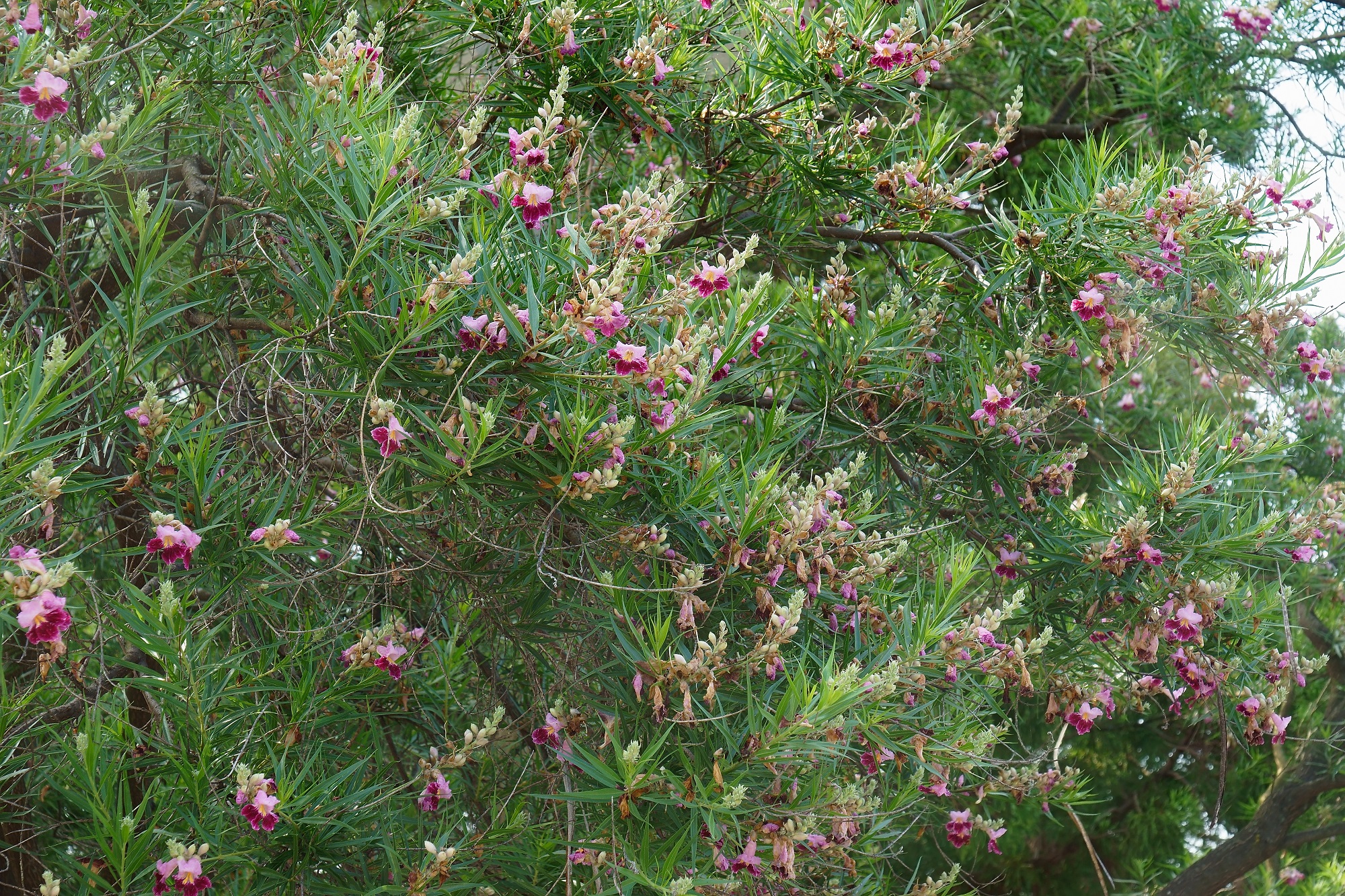
You’re curious about the fastest-growing shade tree in Arizona. Well, you’re in the right place. With our region’s unique climate, […]
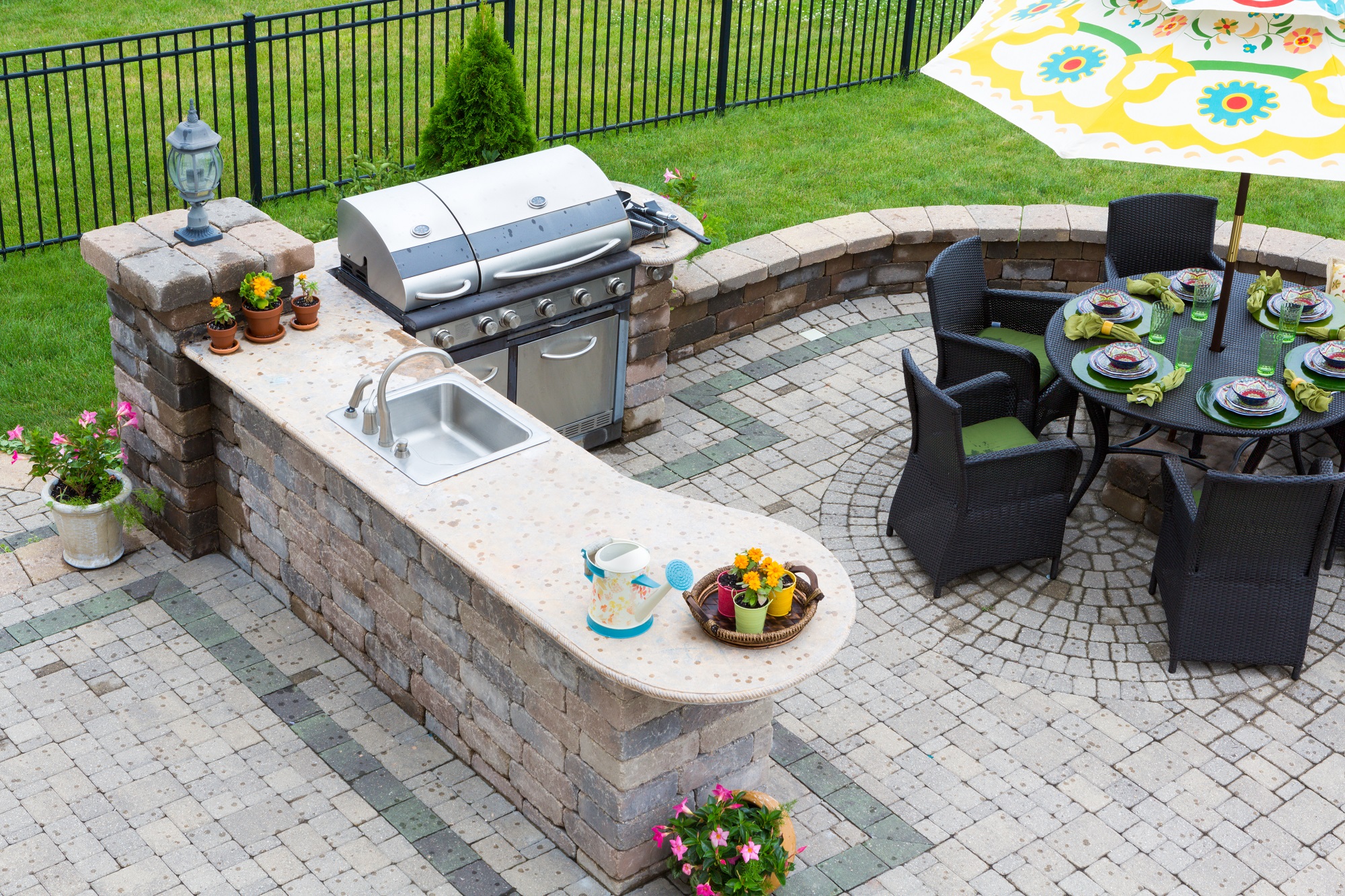
Are you someone who loves to entertain and spend time with loved ones? Or maybe you’re a foodie who loves […]